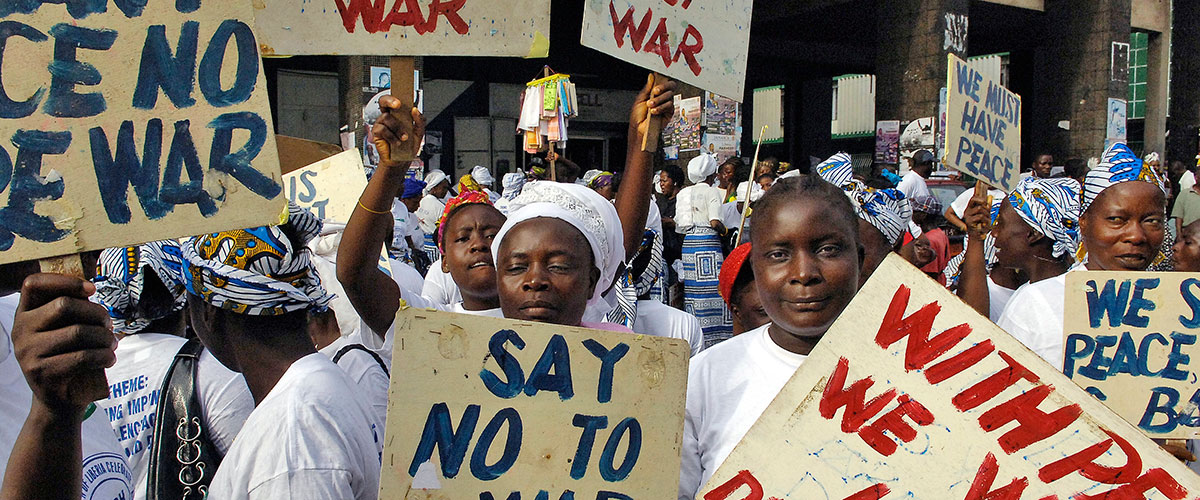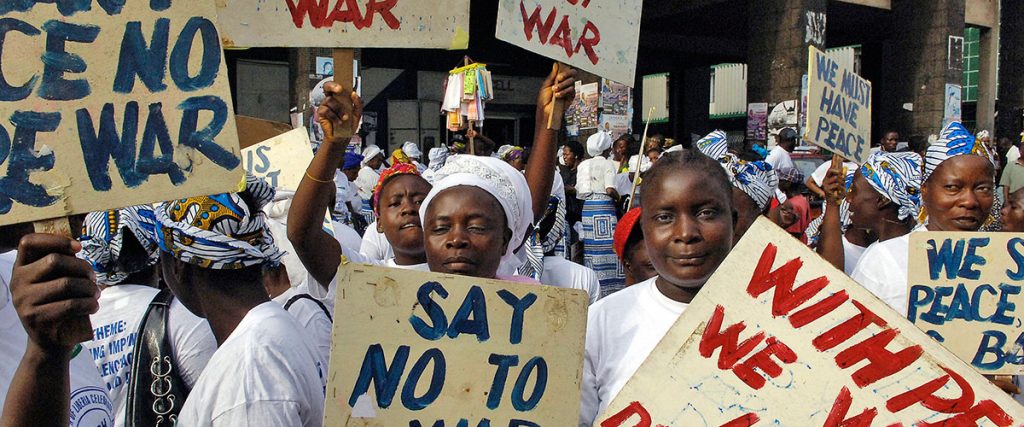
Background
By resolution 54/134 of 17 December 1999, the United Nations General Assembly designated 25 November as the International Day for the Elimination of Violence against Women, and invited governments, international organizations and NGOs to organize activities designed to raise public awareness of the problem on that day.
Women’s activists have marked 25 November as a day against violence since 1981. This date came from the brutal assassination in 1960, of the three Mirabal sisters, political activists in the Dominican Republic, on orders of Dominican ruler Rafael Trujillo (1930-1961).
On 20 December 1993 the General Assembly, by resolution 48/104, adopted the Declaration on the Elimination of Violence against Women.
Secretary-General’s Message for 2016
At long last, there is growing global recognition that violence against women and girls is a human rights violation, public health pandemic and serious obstacle to sustainable development. Yet there is still much more we can and must do to turn this awareness into meaningful prevention and response.
Violence against women and girls imposes large-scale costs on families, communities and economies. When women cannot work as a result of violence, their employment may be put at risk, jeopardizing much-needed income, autonomy and their ability to leave abusive relationships. Violence against women also results in lost productivity for businesses, and drains resources from social services, the justice system and health-care agencies. Domestic and intimate partner violence remains widespread, compounded by impunity for those crimes. The net result is enormous suffering as well as the exclusion of women from playing their full and rightful roles in society.
The world cannot afford to pay this price. Women and girls cannot afford it – and should not have to. Yet such violence persists every day, around the world. And efforts to address this challenge, although rich in political commitment, are chronically under-funded.
Since 2008, I have led the UNiTE campaign to End Violence against Women, which calls for global action to increase resources and promote solutions. I call on governments to show their commitment by dramatically increasing national spending in all relevant areas, including in support of women’s movements and civil society organizations. I also encourage world leaders to contribute to UN Women and to the United Nations Trust Fund to End Violence against Women. We look as well to the private sector, philanthropies and concerned citizens to do their part.
Today, we are seeing the world lit up in orange, symbolizing a bright future for women and girls. With dedicated investment, we can keep these lights shining, uphold human rights and eliminate violence against women and girls for good.

